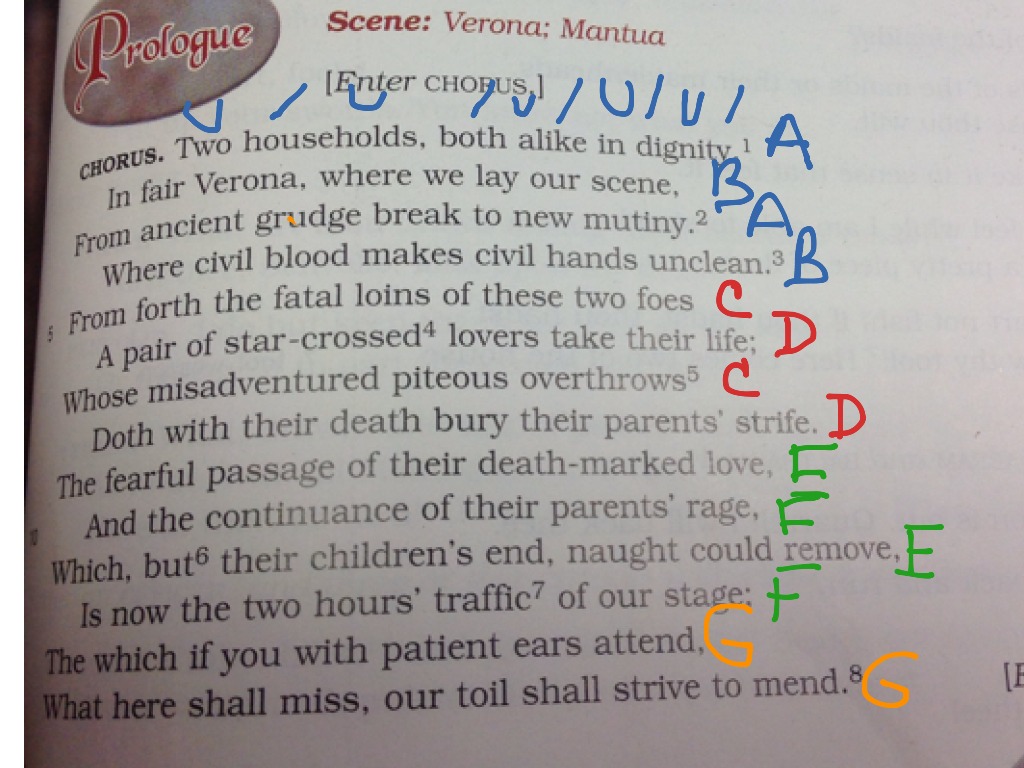
- #LATIN SCANSION PRACTICE HOW TO#
- #LATIN SCANSION PRACTICE FREE#
The syllables in each foot scan as long or short according to the parameters of the meter that the poet employs.


Each line of poetry divides into a number of feet (analogous to the measures in music). Imagine beginning to read poetry without the need to think about quantity!). Basic Guide to Latin Meter and Scansion Latin poetry follows a strict rhythm based on the quantity of the vowel in each syllable. Rather, look at the end goal and objective and give students what they need to achieve beforehand.
Follows Backwards Design concept (don’t fool yourself and treat Latin as though quantity and pronunciation doesn’t matter until year three or four – that’s just silly. One of the best cases for using macrons I’ve seen/heard yet. This quote from an Appendix in Oxford’s reader best sums it up “If you have learnt to pronounce Latin correctly, you may be able to do this straight off and feel the rhythms for yourself”. Establishes a solid foundation (instead of teaching quantity, accent, rhythm, and THEN the actual text at once). Distinguishes vowel and syllable length (the double-consonant rule does NOT lengthen vowel, rather the syllable). Emphasizes accentuation (thus, encouraging more attention to pronunciation). Underline long-by-position often (during sentence diagramming or other analytical activities). Suggested new practices from “Day 1” of Latin: This was not the practice in Vergil or Ovids day, when the spoken word was preferred. – Note that even with the possible substitutions in the first section, we are granted a respite, then return to a sort of home row (old typing term) and start over at the second half.īut wait, there’s more…simply pronounce the Latin with normal accentuation (penult if long, else antepenult) and you have the rhythm right there. Here’s the Caesura in action with our Scazon (Choliambic) verse from Martial: The Caesura breaks-up verse into manageable chunks – just the sort of practice that Educational Psychology encourages, in terms of cognitive processes. Oh, and have you ever heard something like “Yeah, but don’t worry about the Caesura?” Silly. “What about the other syllables,” you ask? Now check this out, by underlining syllables long-by-position, we get the exact info provided by traditional Scansion, you won’t confuse syllable length with vowel length, AND you don’t have to print-off double-spaced text from just to scan above the words: #LATIN SCANSION PRACTICE FREE#
WHY NOTATE BOTH!?!?!?!………….(if not long, it’s SHORT!)Īs it turns out, we already have a system of notating long vowels, which gives us most of the long syllables anyway: Go to now, sign up for a free account, and practice your lines of scanning hexameter. Start at any line in marathon mode (great for educators or students looking to practice a specific set of lines) Options of 2, 5, or 10. Its simple and intuitive interface means it is easy to pick up but impossible to put down.
#LATIN SCANSION PRACTICE HOW TO#
You will see that the title of the quiz is the same as the one you see on this quiz except the word Copy has been added to the end of the title.Traditional Scansion is a silly practice, especially in how it’s notated…the info is already there!!! So before you think I’m nuts, how many possibilities are there in terms of quantity? Two (long and short). Latin Scansion is the only App on the App Store which helps anyone learn how to accurately scan Latin poetry.
You will see a copy of this quiz in your Socrative account. A new browser tab will open to your Socrative quizzes list in your account. The quiz on this website as well as the original author's Socrative account will not be affected by any changes you make to the copy of this quiz in your own Socrative account. Please note that this is an actual duplicate copy of this quiz that is put in your account and yours to make futher edits. Click the above button titled Copy Quiz to my Socrative Account to initiate a copy of this quiz into your Socrative teacher account. Note: Don't have a Socrative teacher account? Sign up for free!. 
How the Copy Quiz to my Socrative account works (Video tutorial):
I created this quiz for my Latin 7 class to review terms for poetic meter, as well as scansion of lines of Latin poetry. Activity Type(s): Entrance Ticket, Exit Ticket, Homework, Practice Add/Change. What is the rule for the elision that is shown - When the first word ends with the letter m and the second word starts w a vowel, the first and last syllables form a single constant. Keywords: Poetic Meter, Scansion, Pronunciation Add/Change 3.03a Scansion practice fata tibi cernes urbem et promissa Lavini UU/ / / / UU/ Scansion: fa ta ti/bi cer/nes ur/b(em)et pro/miss a La/vi ni 1. Grades: Grade 6, Grade 7, Grade 8, Grade 9, Grade 10, Grade 11, Grade 12 Add/Change.







 0 kommentar(er)
0 kommentar(er)
